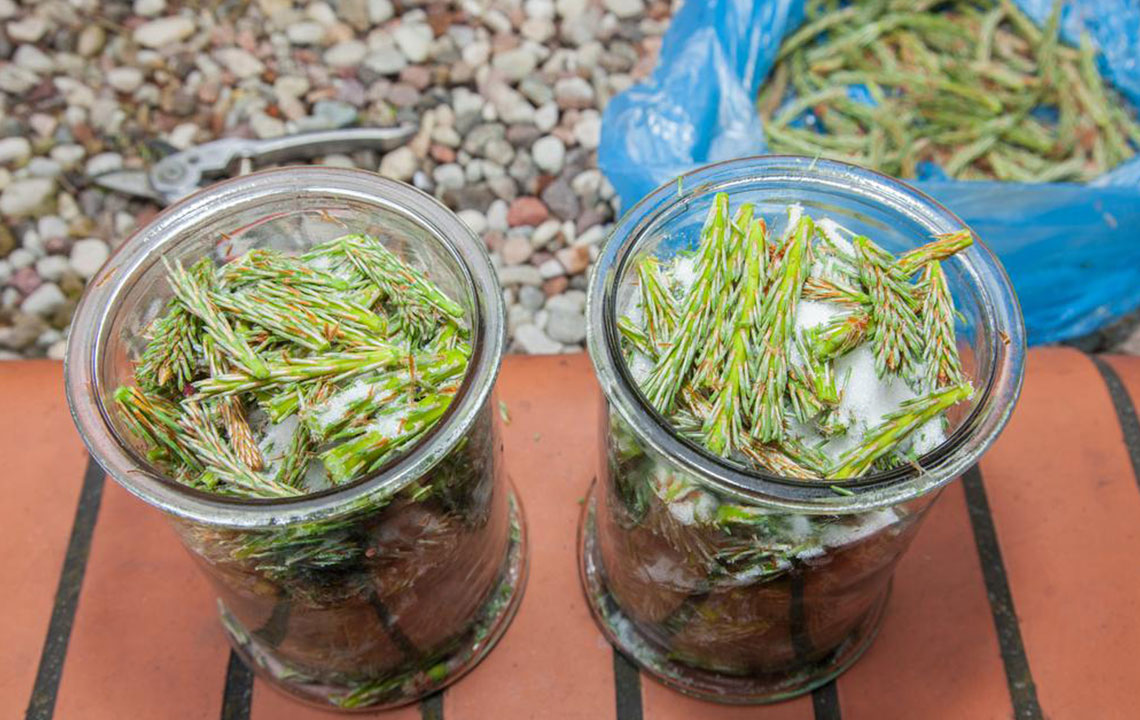Natural Methods to Relieve Persistent Pain
Discover natural and effective methods to manage chronic pain, including exercise, essential oils, therapy, and dietary options. Collaborate with healthcare providers to personalize your pain relief strategy and improve well-being. These approaches are safe and complementary, offering relief without reliance on medication.
Effective Natural Approaches to Easing Chronic Discomfort
Chronic discomfort impacts over 100 million people nationwide, lasting for months even after treatment. It can be severe enough to affect mental health, leading to depression and anxiety, and interfere with daily routines. Fortunately, natural remedies can help reduce pain and improve overall well-being.
Causes of Chronic Pain
It may stem from unresolved injuries, post-surgical effects, or lifestyle conditions like arthritis and joint issues. Sometimes, pain occurs without a clear cause, complicating management.

Here are seven natural strategies recommended by healthcare experts. Remember, these methods assist in managing symptoms but are not cures. Their effectiveness varies from person to person:
Exercise
Engaging in appropriate physical activity may seem counterintuitive during pain episodes, but it stimulates pain-relieving hormones. This can alter how pain is perceived, especially in the lower back. Consult a physiotherapist to determine suitable exercises tailored to your condition.
Essential Oils
Traditional practices have long used oils such as peppermint, rosemary, and lavender for their calming effects. Used mainly in aromatherapy, these oils are diluted and inhaled, added to baths, or applied during massages. Always dilute and perform a patch test to avoid adverse reactions; avoid ingestion.
Cold and Warm Therapy
Applying cold packs, ice baths, or compresses can quickly reduce inflammation and numb pain after injuries. Conversely, heat relaxes muscles and enhances blood flow, helping alleviate discomfort. Combining both is often recommended, especially for conditions like arthritis, and is considered an effective pain relief method.
Massage
Massage helps relax muscles, tendons, and joints while boosting circulation. It can also block pain signals to the brain and lower stress levels, promoting overall health. Seeking professional massage therapy ensures techniques suited to your specific needs.
Mindfulness and Meditation
Studies show meditation can significantly decrease chronic pain and stress. Practices like mindful movement, walking meditation, and yoga have demonstrated benefits in mental health and pain awareness, empowering individuals to better manage their symptoms.
Acupuncture
This traditional Chinese therapy stimulates specific points on the body to trigger the release of natural painkillers. Evidence supports its effectiveness in treating lower back pain, migraines, osteoarthritis, and neck issues, making it a popular complementary treatment.
Turmeric
This vibrant spice contains curcumin, a potent anti-inflammatory compound. Used in cooking and traditional medicine worldwide, turmeric may reduce osteoarthritis pain and inflammation. Including it in meals or teas offers additional relief benefits.
To maximize benefits, consult with a healthcare provider to develop a tailored, sustainable pain management plan. Combining different approaches can improve outcomes and help identify the most effective method for you.


